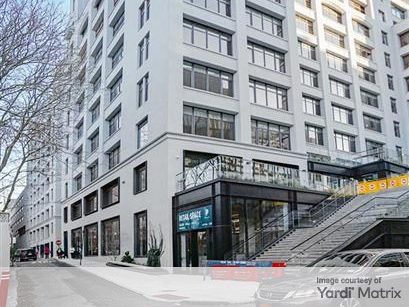Market Activity Growing More Balanced
By Kevin Maggiacomo, Sperry Van Ness
Supported by recent easing in the availability of credit, multifamily and commercial real estate transaction activity has picked up significantly from last year. Real Capital Analytics reports that, through August, year-to-date property sales have surpassed $50 billion. On this current trajectory, we expect that sales will exceed $100 billion this year, roughly double last year's total of just $54 billion.
By Kevin Maggiacomo, President & CEO, Sperry Van Ness
Supported by recent easing in the availability of credit, multi-family and commercial real estate transaction activity has picked up significantly from last year. Real Capital Analytics reports that, through August, year-to-date property sales have surpassed $50 billion. On this current trajectory, we expect that sales will exceed $100 billion this year, roughly double last year’s total of just $54 billion. Pricing metrics have stabilized in tandem with improving sales volume, with pricing for top-tier apartment and office assets in major markets leading the way. Cap rates have fallen sharply from their peaks and an increasing number of sales are exceeding initial pricing expectations.
Interestingly, these positive market trends contrast with an uncertain outlook for the economy and jobs, which, in turn, has dampened investor interest outside of the major markets, and for many, the real estate recovery has been a tale of two markets.
But going into the fourth quarter, there is strong evidence that activity is becoming more balanced. In the second and third quarters, the concentration of investment activity in major markets has been significant enough that yields are now appreciably lower than at the beginning of the year. Investors seeking competitively priced assets are adapting by evaluating opportunities across a broader geography and across a wider range of price tiers, and non-major markets are showing increased activity. In fact, we see the gap and arbitrage opportunity for stabilized assets between major and non-major markets to be the first to close as the market improves.
For value-add investment opportunities, where property quality, management, or positioning may have undercut occupancy, the investment outlook is more qualified. Whereas investment and credit spillovers will bolster trends for top-tier assets in 2011, clear evidence of firming economic and job market health will be critical for trends in the value-add market. For lenders and investors, confidence that demand for space will warrant the repositioning of these assets is inextricably tied to the bigger picture of the private economy and a significantly diminished role for government in driving the market.








You must be logged in to post a comment.